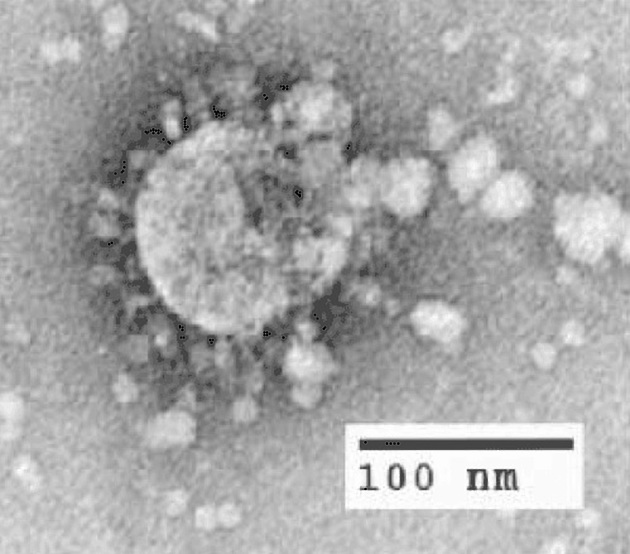The human coronaviruses (hCoVs), members of the family Coronaviridae, are enveloped RNA viruses that affect humans, mammals and birds, causing both acute and chronic illnesses.
Seven human coronavirus typed have been identified 6.
HCoV-229E
HCoV-OC43
HCoV-NL63
HCoV-HKU1
severe acute respiratory syndrome coronavirus (SARS-CoV): causative agent for severe acute respiratory syndrome
middle east respiratory syndrome coronavirus (MERS-CoV): causative agent for middle east respiratory syndrome coronavirus
novel coronavirus / SARS-CoV-2: causative agent for COVID-19.
The first four in this list, namely HKU1, NL63, OC43, and 229E, usually cause a mild coryzal illness only 1.
The last three tend to be more virulent, zoonotic strains of coronavirus, that cause respiratory disease, and may be fatal: severe acute respiratory syndrome coronavirus 1 (SARS-CoV-1), Middle East respiratory syndrome coronavirus (MERS-CoV), and most recently, severe acute respiratory syndrome coronavirus 2 (SARS-CoV-2) 4.
Pathology
Taxonomy
The coronaviruses are found in the subfamily Coronavirinae (of the Coronaviridae family) within the order Nidovirales. There are four genera in the Coronavirinae subfamily: Alphacoronavirus, Betacoronavirus, Gammacoronavirus, and Deltacoronavirus 3.
All pathogenic human coronaviruses are from the Betacoronavirus genus, except CoV-229E and CoV-NL63, which are both alphacoronaviruses 3.
History and etymology
The first coronavirus was identified in 1966 by Tyrell and Bynoe, in individuals with the common cold 5.
The name coronavirus is derived from the Latin term 'corona' meaning crown, and the similarity to a solar corona. It derives from the morphology of the individual virion particles, which possess spiky protrusions arising from their surfaces, as seen on electron microscopy 2,3.







 Unable to process the form. Check for errors and try again.
Unable to process the form. Check for errors and try again.